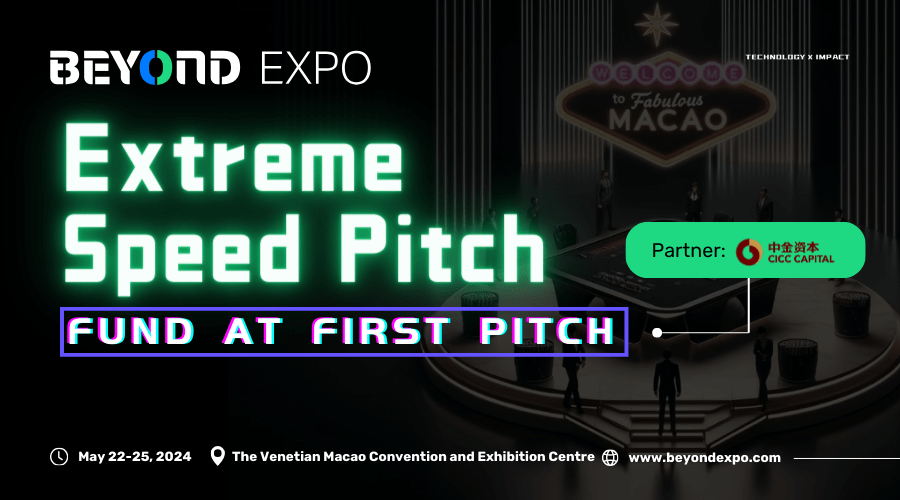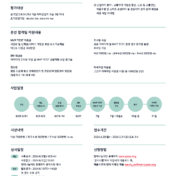Since the election of President Park earlier this year The Korean Government has embarked on an ambitious and expensive crusade to bring innovation to the fore of the Korean economy and to encourage a retreat from the country’s current dependence on a tiny number of huge family run businesses (Chebols), such as Samsung, Hyundai, LG and telecom SK.
In order to achieve their ambition the government has been pumping money into the venture ecosystem, with grand ambitions to create the success of Silicon Valley in Korea, with the slogan “Creative Economy”. But what is the rationale that lies behind the money, and will the plan succeed?
Many are even unsure of exactly what is meant by the term "Creative Economy", myself included, until I heard from one of Korea’s top tech professors from KAIST at the Seoul Digital Forum. Lee Minhwa is one of the academic influences behind the government’s direction, and is teaching the next breed of tech entrepreneurs in Korea. Below is how he explains the "Creative Economy", and how Korea can use this, through support of the startup ecosystem, as a direction for future growth and maturity of the economy.
The Background
Korea’s economy has been built, until now, on the ‘Miricle of the Han River’, which transformed the nation from an economy dependent on aid, to one that was able to start providing foreign aid of its own. This transition is striking as it has taken only 40 years to achieve.
This was achieved by an intense focus on an economy driven by ‘fast-follower’ principals. Under these manufacturing principals Korea endeavored to build products as good as those in the first world, but at a cheaper price. While this strategy has powered the Korean economy from the 3rd World to the 2nd in a few short decades, the problem is that continued emphasis in this direction is not sustainable. An example of this comes from Korea's top chebol, Samsung. Having secured the top spot in the global electronics industry, by following the market leaders, it now has to take another giant leap forward in order to stay ahead of the pack, lead by China, who are catching up fast.
There is a big difference between an efficiency-driven economy (where Korea is now) and an innovation driven economy (where the US and many European 1st world nations are). To make this second leap, as for Samsung, is as difficult as the one that took Korea to its current stage.
The Current Situation
Korea is currently a ‘top second-world’ nation, and perhaps the best ‘fast follower’ nation on earth (you need only to see the huge recent successes of Samsung and Hyundai to realize this). According to Prof Michael Porter there are three stages to achieve a 1st world innovation economy: The factor stage, the efficiency stage, and finally the innovation stage. Korea is in the second stage, and on it way to achieve the final leap into the first world.
What Next?
To realize this opportunity the Korean government has built a strategy around the term; ‘creative economy’, as a new paradigm for the Korean economy. But how is it different from the ‘innovative economy’? Firstly, it talks about a convergence of Science, ICT, and Culture. Mr. Minhwa explains that innovation is made up of two parts, creativity and action. And while Korea is exceptionally adept at execution (action), from decades of following the first world, now a huge injection of creativity is essential to help Korea take the next giant leap forward. This extends as far back as education, which until now, has been focused on preparing graduates for a career at one of the chebols.
Although the concept of 'Creative Economy' is new for Korea, it dates back well over 10 years to the work of John Hawkins in 2001. These principals have also appeared even earlier in Japanese economic strategies in the 1990s. What is different about earlier creative economic strategies, is that they had much stronger creative industries (music, art, film, etc) than Korea has now, so these existing industries could be triggered to play a more prominent role in the economy, rather than the need for a paradigm shift, as required in Korea. As a result, the economic model being suggested by the Korean government holds that all industries must adopt creativity in order to raise the bar of innovation, and for Korea to join the economies of first world nations.
Korea has two key barriers to achieving success. The first is what Dr. Minhwa refers to as the ‘Valley of Death’ that swallows up 97% of startups at the get-go. The second is the difficulties in advancing in a global market, across the 'Darwinian Seas' where competition with first world [innovative] nations is brutal. The only way to overcome these immense obstacles is to create bridges over them, according to the strategy being proposed by the government. The first aim is to create a ecosystem of innovation. The second is an open market ecosystem and a go-global platform for Korean startups.
Startups can not succeed on their own in the world as we know it today. They can only have a chance to thrive in a supportive ecosystem. The first factor of success lies in the fact that in these times anyone can build technology products, even without education or experience in the field. This makes innovation much easier. Secondly, innovation can be borrowed from others. Thirdly, there is a super highway that can deliver innovation across the globe (the internet), at phenomenal speeds. even hardware is being disrupted with 3-D printing, or even virtually, with simulators.
Whereas 40 years ago we would need to make a new product by actually building it step by step from nothing, now it can be brought to life in simulation. In this way, innovation is easy in a creative economy. Now people with bright ideas can realize their technological visions of the world, with little or no knowledge of technology – this has dramatically lowered the barriers of entry for entrepreneurs, and this is what is being encouraged in Korea.
How can we measure success?
According to Dr. Minhwa the level of success of a company depends on the ratio of the cost of R&D against unit sales.
How to achieve a successful balance?
Startups can innovate but struggle with market entry. Big corporates have vast marketing budgets, but fail to innovate. By creating ‘hyper-collaboration’ between the two, success is guaranteed: The Creative Economy Paradox. This paradox has resulted in industries becoming demerged. There is now a much greater level of collaboration, often with smaller companies providing creativity / innovation, and large corporations providing the corporate backbone, marketing and distribution. The war between Apple and Samsung is not really a war between two companies; it is a war between two conglomerates of business alliances. Apple and Samsung are merely the visible heads of these alliances.
The future
Korea must move towards a situation where the economy is driven by collaborative groups of organizations competing against each other, not by family run super-companies, as in the past. In this way a collection of healthy collaborative ecosystems can power the Korean economy into the first world. The government's aim in the first instance is to create the environment in which startups can succeed, and nurture innovation as the power-house of Korea's economic future.
Primary Source: SDF







